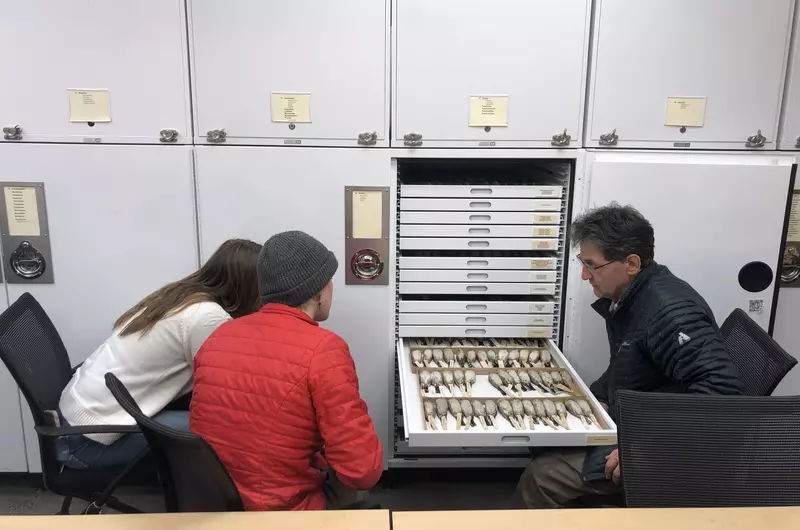Today, the majority of the specimens added to the Puget Sound Museum collection come to us via salvage. This means animals are already found dead as road kill, window strikes, etc. and donated to us by interested people, wildlife rehabilitators, and government agencies. If you've found a dead animal and wish to donate it to the museum, please read the information below. If you want to be acknowledged as the the finder, please provide your name and contact info in case there are questions.
1. Note when and where the specimen was found (these are the two most important pieces of data for science!). Specimens without this information are of little use to the scientific community, although they can still be used for teaching. Write the following information on a piece of paper using waterproof ink...the more information the better!
-
Locality - Be as specific as possible, for example "2 mi. S of Twisp, Okanogan Co., WA" or an exact address.
-
Date - Please write out the month to avoid any date confusion. 1/7/23 could be read as January 7th or 1 June 1st, so always write out the month.
-
Salvager's name, address, and telephone number - This ensures that we can contact you for more information if necessary.
- Additional info - This can include cause of death if you saw how the animal passed, notes about the surroundings, etc.
2. Wrap up and store the specimen properly by placing it in a well sealed plastic bag (or two), placing your paper containing the specimen data in the bag or stapled to it, and storing it in a freezer. Please do not vacuum seal specimens. Proper storage ensures that the specimen remains intact and provides us with more data. Additional notes about storing specimens can be read below.
- Plug a bird's throat with a piece of cotton or tissue to prevent blood leakage.
- Birds should be wrapped in newspaper to keep their feathers undamaged.
- Use a sturdy plastic bag.
- Squeeze the air out of the bag.
- Close the bag tightly with a knot or twist-tie.
- If the specimen is to be in a freezer for many months, it should be double- bagged; desiccated specimens are more difficult to prepare.
- Feathers and appendages are breakable, the latter especially when frozen. Be careful not to bend them.
- Avoid puncturing the bag with the bill, claws or teeth; wrapping in newspaper will accomplish this. Fold long specimens up.
Note: As of 2010, the U. S. Fish and Wildlife Service, the source of federal regulations, allows specimen salvage with the intent of donating specimens to a permitted institution.
